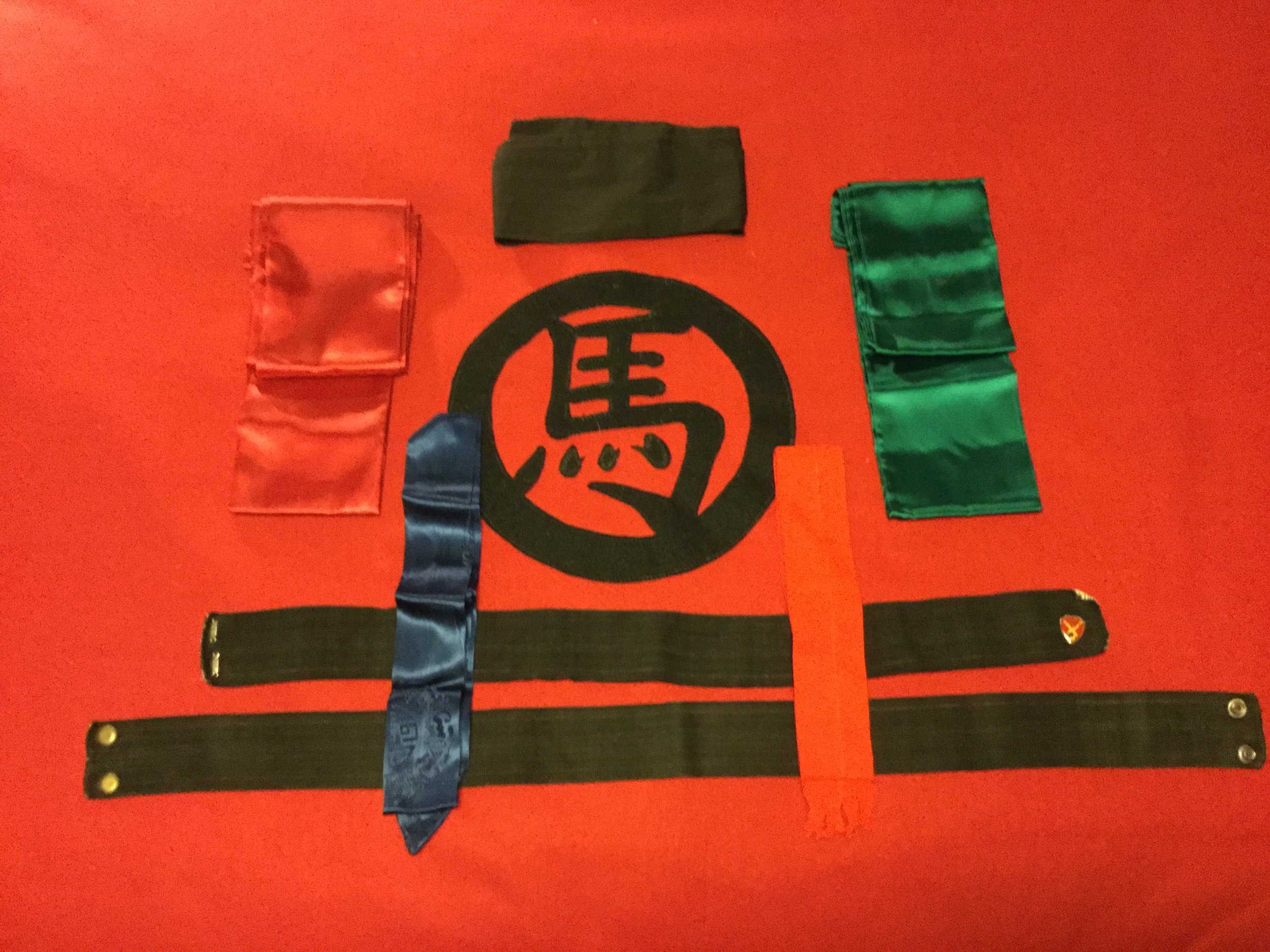Beginnings
/My 53 year odyssey, thus far, with this fascinating and magnificent art form, began in an other worldly encounter with William C.C. Chen in his New York City school back in 1964. My actual training did not begin then, mainly due to lack of schools and teachers, but six years later in 1970 when a friend and college classmate, Larry Mann, began teaching it in his Norfolk, Virginia, KungFu School. By 1975 when I took my first trip to China, I had joined Larry and classmate Billy Hook in the founding of the Tidewater T'ai Chi Center, and soon after established my own school in Norfolk, the Tidewater T'ai Chi Club.
In 1985 I fell into the most magical period of my life when I was able once again to not only journey to China, but to live, work and train there -- a vastly different China than the one I experienced a decade before, and a completely different world than that of today, some three decades later.
When I embarked on the 1985 trip, I left the Tidewater Club in the good hands of dedicated senior students who tried their best to keep it functioning during my absence. I was recently given these photos by Kam Hitchcock-Mort, the senior-in-charge, the other two students are Warren Pretlow and Chris Walters. Many of the students in the group portrait joined the class while I was away and are unknown to me. One Lady in particular though, Anita Adams, between Warren and T.T. Liang’s calligraphy on Taijiquan, is healthy and in her 90’s and we are still in contact! In the picture of Warren and Kam with the double broadswords I can tell, with her bowed head and the smile crinkling around Warren’s eyes, that a mistake just took place infeatured the two-person, shuang dao set.
I completely lost contact with Chris over the years since returning from Wuhan’s Snake Mountain, but Warren, after graduating from an Oriental Healing School in California, established a thriving, dynamic and successful Taijiquan/Qigong/Acupuncture School in Anchorage, Alaska where I have had the honor of being “visiting pubah” several times. Kam retired from librarian work in California and Texas and lives with her retinue of exotic dogs and cats in coastal Virginia. The three of us reunited finally during my 60th year (Confucius’ milestone, ‘Year of Obedient Ears!’) in both Alaska and Texas (Alaska is the magical land north of the Lower 48, and ya don’t mess with Texas!).
In 1989 I transferred what was left in a storage locker of the Tidewater Tai Chi Club to Dr. Jay’s Magic Tortoise Taijiquan School here in the Triangle Area of Central North Carolina. After 26 marvelous years with him and Teacher Kathleen Cusick, I am now at the Black Bamboo Pavilion School, with Violet Anderson in charge, which has become my final Taiji Jia!

















